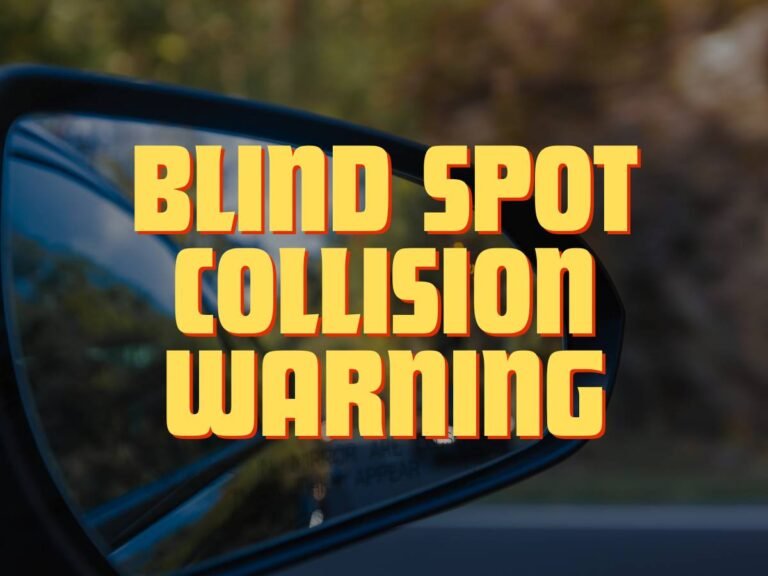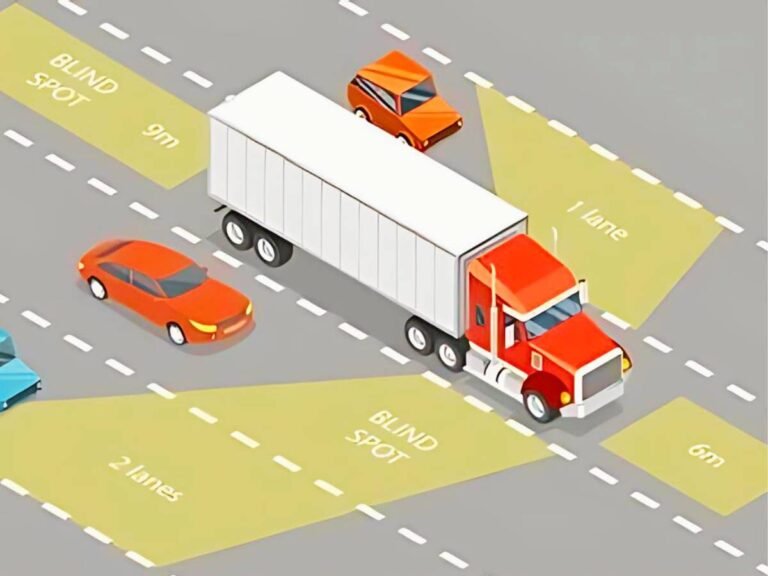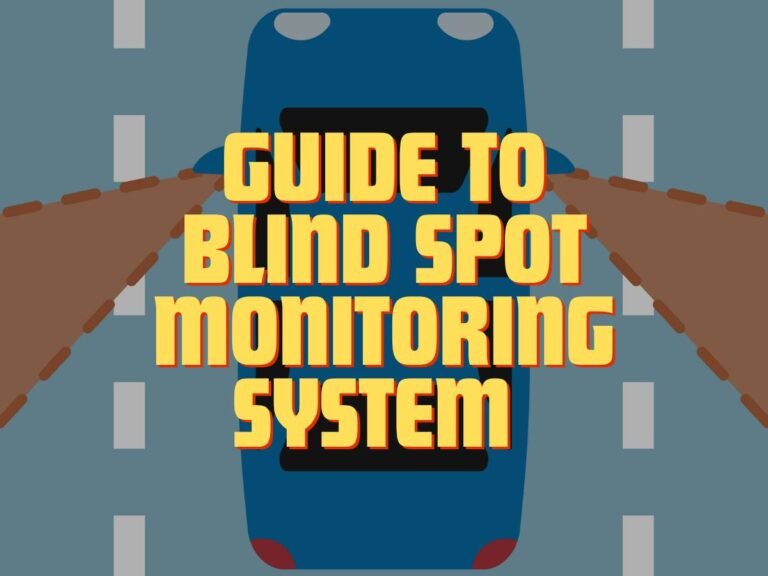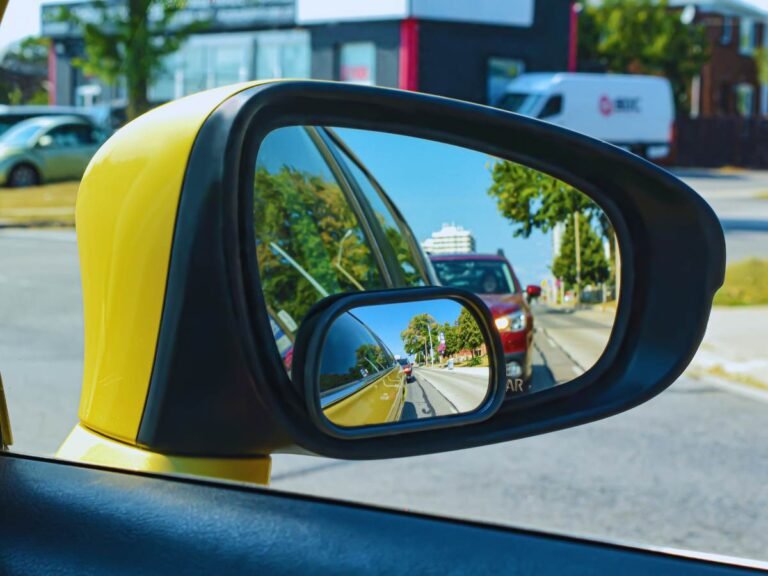Can You Add Blind Spot Monitoring To a Car? A Detailed Guide
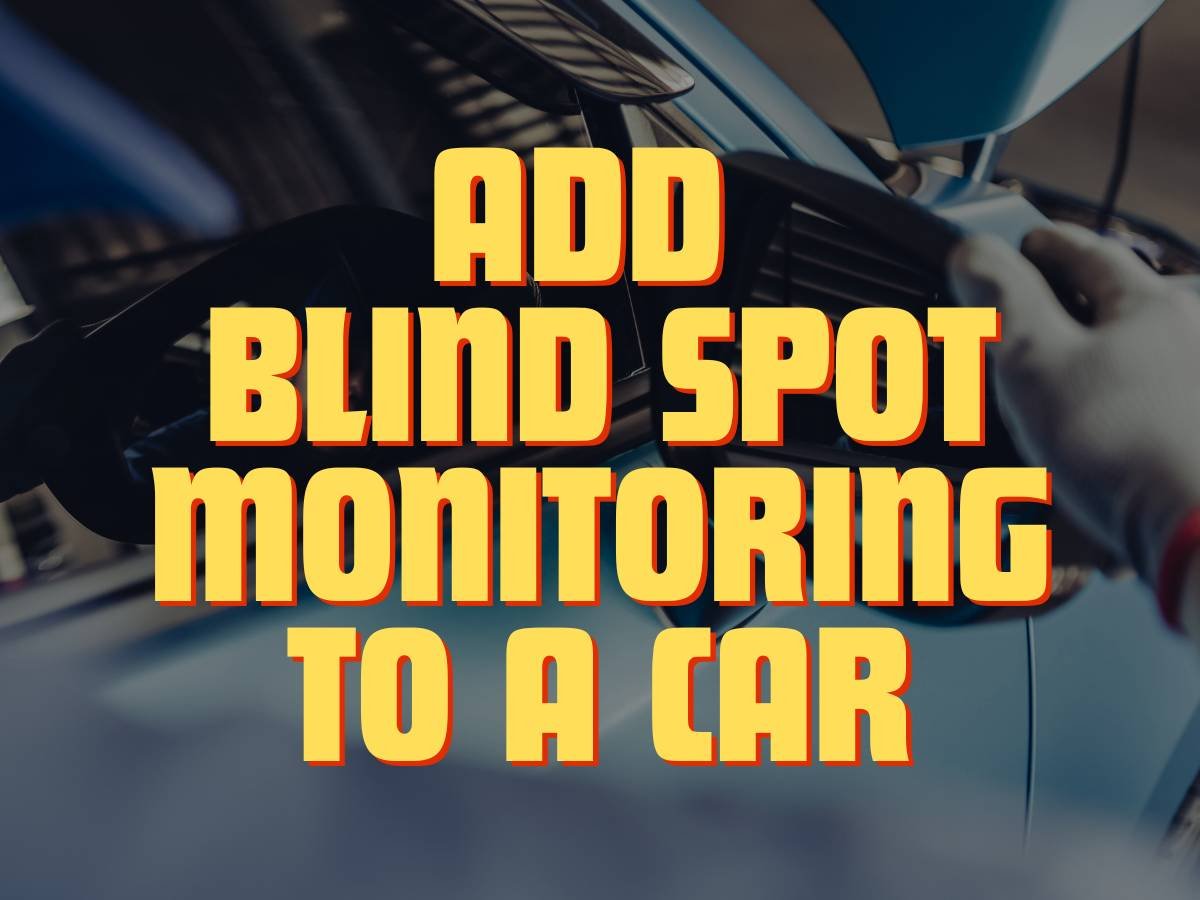
In today’s fast-paced world, staying safe on the road is paramount. Blind spot monitoring technology emerges as a crucial ally in this pursuit. Offering a seamless blend of innovation and safety, blind spot monitoring systems are designed to detect vehicles in hard-to-see areas, significantly reducing the risk of accidents.
We already discuss all you need to know about the blind spot monitoring system. In this article, we explore the feasibility, methods, and considerations involved in adding this invaluable safety feature to your car. So, let’s get started!
Can You Add Blind Spot Monitoring To a Car?
Before we discuss details, let’s start with the basic question. Can you add blind spot monitoring to a car? The short answer is yes. You can always opt for aftermarket blind spot solutions. These variants are compatible with retrofitting in almost every car, regardless of its model, brand, etc.
Let’s see how it works!
Retrofitting Blind Spot Monitoring Systems
Retrofitting OEM (Original Equipment Manufacturer) blind spot monitoring systems involves integrating factory-grade components into your vehicle.
While these systems offer seamless compatibility with your car’s existing infrastructure, compatibility issues may arise. That is particularly true with older vehicle models or those without pre-existing sensor technology. It’s crucial to conduct thorough research and consult with professionals to ensure a smooth integration process.
Installation Requirements
Unlike aftermarket kits, retrofitting OEM blind spot monitoring systems often require professional installation by certified technicians. From precise sensor placement to system calibration, entrusting the installation to experts ensures optimal performance. While professional installation may incur additional costs, it guarantees peace of mind and long-term reliability.
Installation Expertise
Assess the complexity of the installation process and determine whether DIY installation or professional expertise is required. Consider factors such as wiring complexity, sensor placement, and calibration procedures to make an informed decision.
Installing Blind Spot Monitoring In a Car
Now, we know the answer to “Can you add blind spot monitoring to a car.” So, let’s see how to do it!
Before diving into installation, take the time to research. Always choose the blind spot monitoring system that best fits your vehicle and preferences. Consider factors such as compatibility, features, and customer reviews to make an informed decision.
Once you’ve selected the ideal blind spot monitoring system, gather the necessary tools and equipment for installation. Depending on the system, you may need basic tools such as screwdrivers, wire strippers, and electrical tape. You might also need any specific components included in your chosen kit.
Installation Process
Begin the installation process by carefully following the manufacturer’s instructions provided with your chosen blind spot monitoring system.
Typically, this involves mounting sensors in strategic locations on your vehicle, connecting wiring to power sources and control units, and securing all components in place. Take your time to ensure proper placement and secure installation for optimal performance
Here are some things to know before starting the installation process:
- Every system may have its unique installation considering its specifications.
- You can find both wired and wireless systems in the market.
- The product manual may contain specific instructions that you must follow.
Testing and Calibration
Once the installation is complete, it’s essential to conduct thorough testing. Follow calibration procedures to verify the functionality of your new blind spot monitoring system. Test the sensors by simulating various driving scenarios and confirm that alerts are triggered accurately when vehicles enter your blind spots.
Additionally, calibrate the system as per the manufacturer’s instructions to fine-tune its sensitivity and ensure reliable performance.

DIY vs. Professional Installation for Blind Spot Monitoring
Let’s look at the pros and cons of both DIY and professional installation to provide a clearer picture:
DIY Installation
Pros
- Cost-effective option, saving money on installation fees
- Flexibility to install at your convenience and pace
- Opportunity to gain hands-on experience with your vehicle’s technology
Cons
- Requires technical proficiency and understanding of vehicle wiring
- Risk of improper installation leading to malfunction or damage
- Limited access to professional expertise and support in case of complications
Professional Installation
Pros
- Assurance of expert-level installation by certified technicians
- Minimizes risk of errors or damage during the installation process
- Access to professional guidance and support throughout the process
Cons
- Higher upfront cost compared to DIY installation
- Dependency on appointment availability and scheduling
- Limited opportunity for hands-on learning in the installation process
Installation Safety Considerations
Regardless of the installation method chosen, prioritizing safety is paramount. DIY installers should exercise caution when handling electrical components and ensure proper grounding to prevent potential hazards. Professional installers, equipped with specialized knowledge and experience, can mitigate safety risks and ensure adherence to industry standards for installation.
Potential Warranty Implications
When considering installation options, it’s essential to factor in potential warranty implications. DIY installation may void warranties on certain vehicle components if damage occurs during the process. Conversely, professional installation conducted by authorized technicians often comes with warranties or guarantees, providing added protection and peace of mind against defects or installation-related issues.
By weighing these factors carefully, you can make an informed decision on whether to opt for a DIY approach or enlist professional installation services for your blind spot monitoring system. Prioritize safety, quality, and long-term reliability to maximize the benefits of this essential safety feature in your vehicle.
Conclusion
In conclusion, enhancing car safety through the addition of blind spot monitoring technology presents both opportunities and considerations for vehicle owners. That includes aftermarket kits and retrofitting OEM systems. The process offers customizable solutions to suit individual needs.
Whether opting for DIY installation or professional services, safety should remain paramount throughout the process. Additionally, understanding potential warranty implications ensures long-term protection. By prioritizing thorough research, careful installation, and adherence to safety standards, drivers can confidently navigate the roads.

